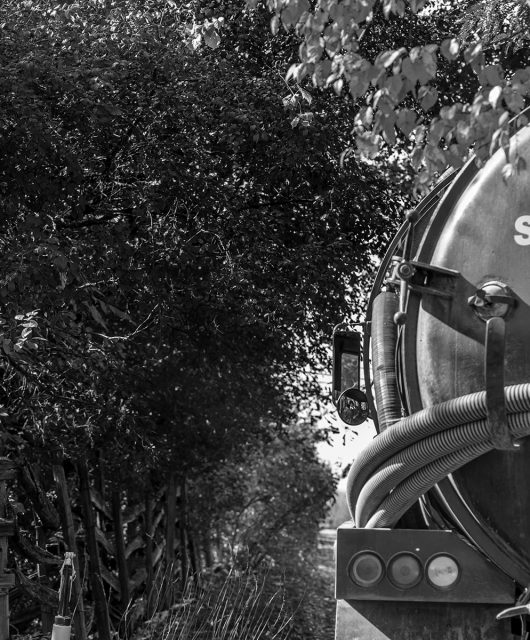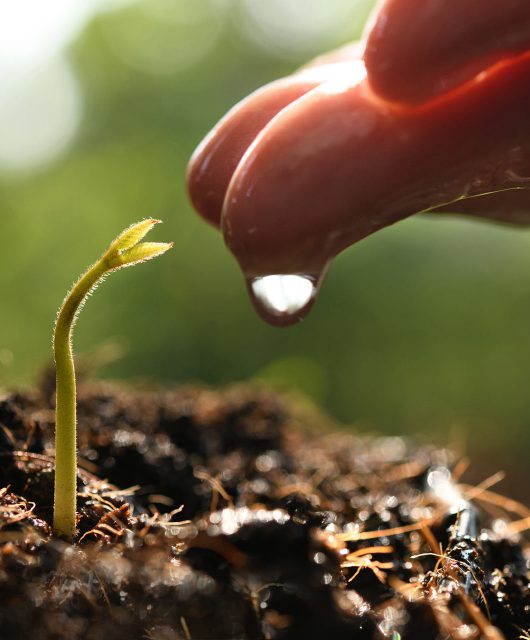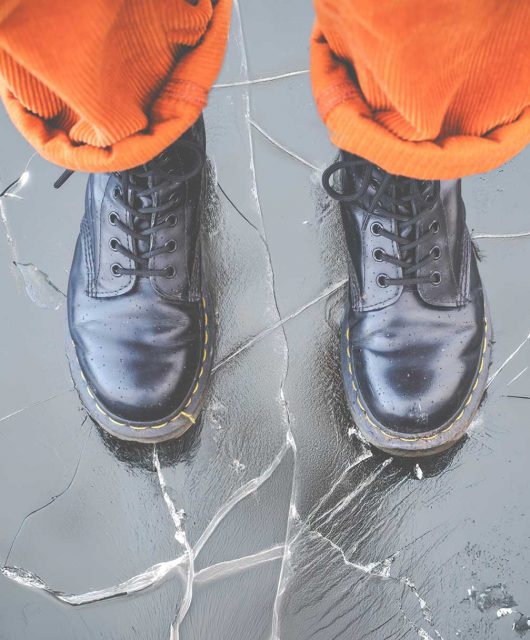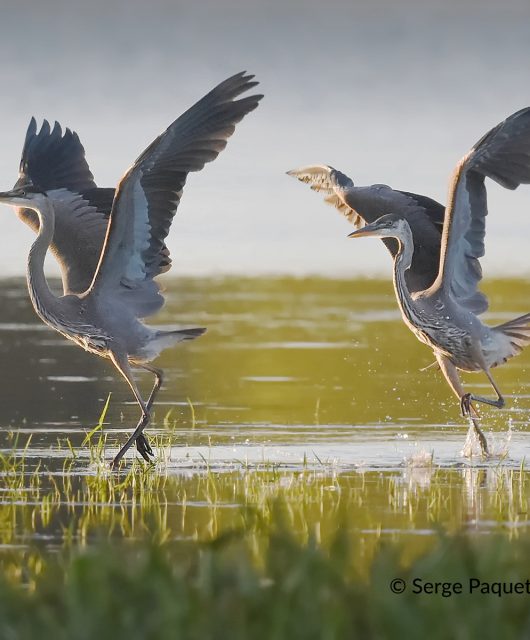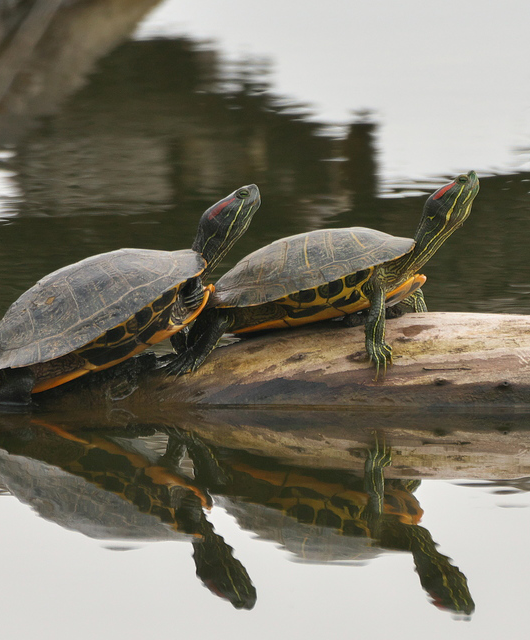Cross Creek — Nedut’en of the Witsuwit’en Lake Babine Nation — runs through the center of Pendleton Bay Provincial Park.
In 2021, the crossing under Babine Lake Road was replaced with a geotextile reinforced soil, open-bottom arch to restore fish passage to the creek.
Cross Creek is a known spawning stream for both Sockeye Salmon and Kokanee originating from Babine Lake. The previous closed-bottom culverts under Babine Lake Road were not passable during low flows, when Sockeye and Kokanee would typically begin their migration to spawning grounds upstream of the culverts, and they were constantly clogging with debris.
Early Streams
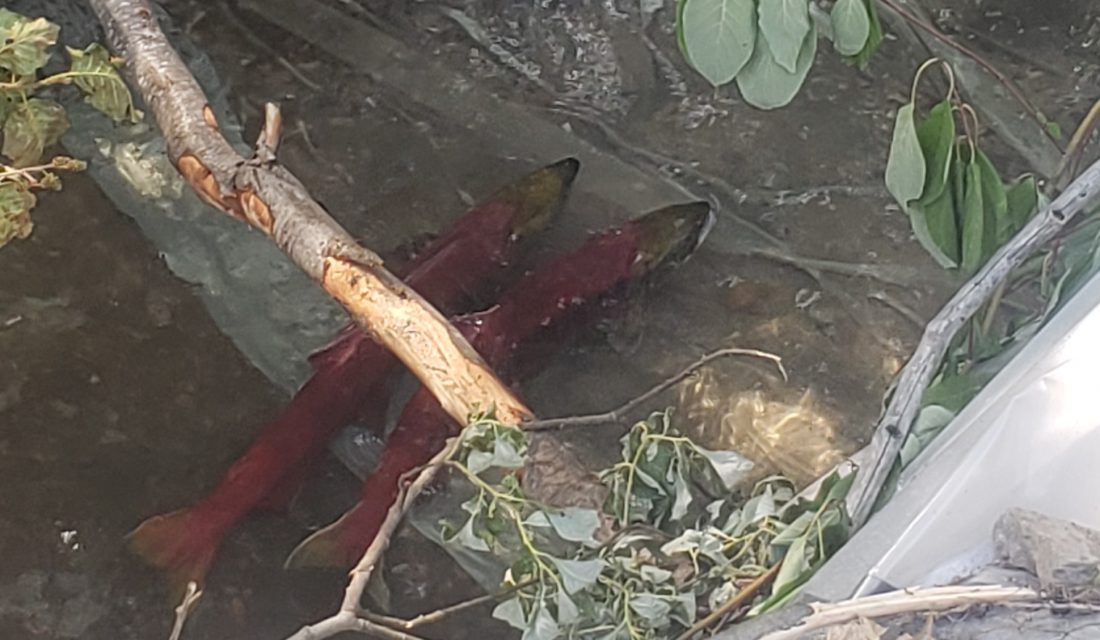
Cross Creek is one of a group of tributaries to Babine Lake known as “early streams.” These streams experience wide fluctuations in flows from year-to-year. Sockeye and Kokanee that spawn in these early streams will spawn in other streams when conditions of a particular stream are not suitable.
Maintaining free and clear access to early streams will become increasingly important with climate change. Replacing the culverts on Babine Lake Road with an open bottom structure will ensure that Sockeye and Kokanee have free and clear access to Cross Creek for many years.
Cultural Values
Lake Babine Nation have been stewards of the Sockeye since time immemorial. Fish are the backbone to Lake Babine Nation culture. In past times, Lake Babine Sockeye were the Nation’s currency and were traded with miners, other First Nations and the Hudson’s Bay Company, so the Sockeye fed everybody.
Lake Babine Nation once had large numbers of 100 per cent wild Sockeye stocks, but in past decades their numbers have been dwindling, mainly due to commercial fisheries, which are managed in an aggregate for the entire watershed and therefore do not always capture the health and size of each individual stock. Maintaining wild stocks in Cross Creek is of utmost importance to the Nation.
Choosing the Right Technology
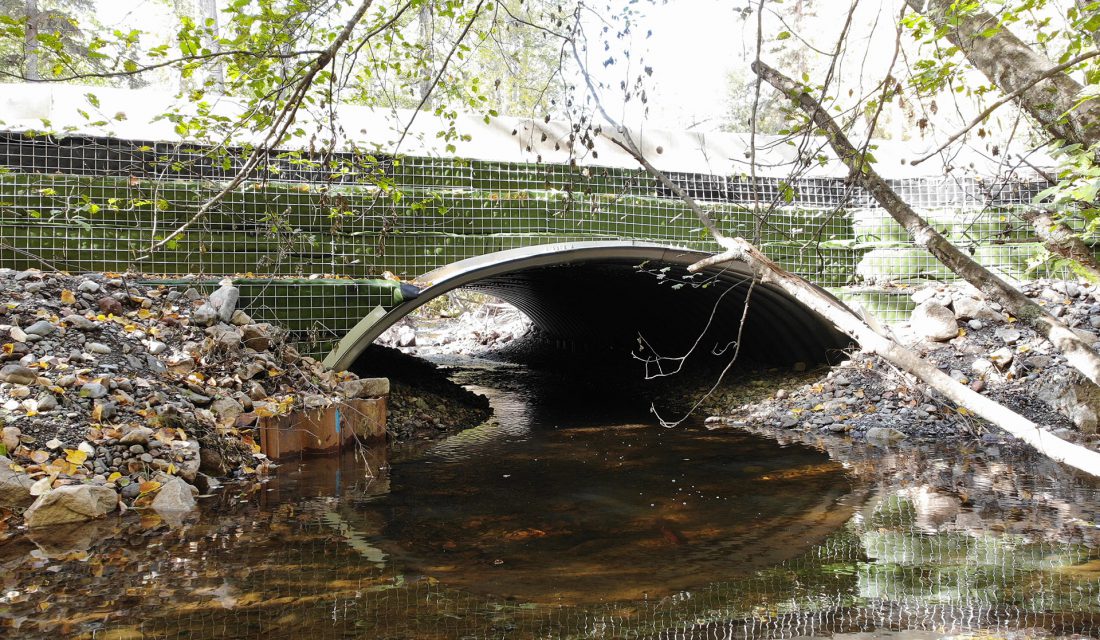
The geotextile reinforced soil arch structure allows the stream to flow in its natural streambed through the crossing, providing unimpeded access for fish. The culvert is designed to allow for water, sediment and woody debris to flow freely under the road. Raised streambanks within the structure also allow for safe movement of other animals, including small mammals and amphibians under the road.

